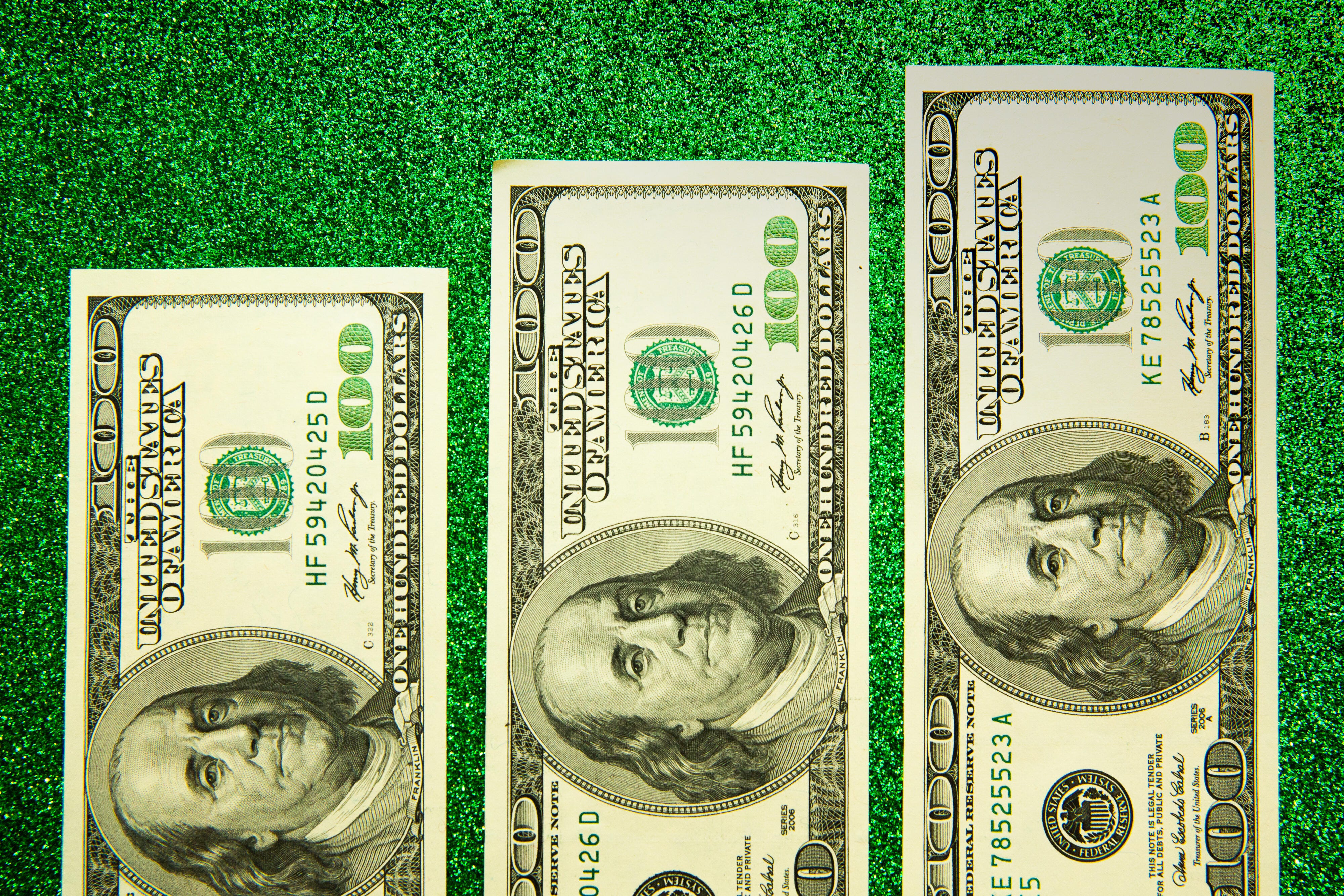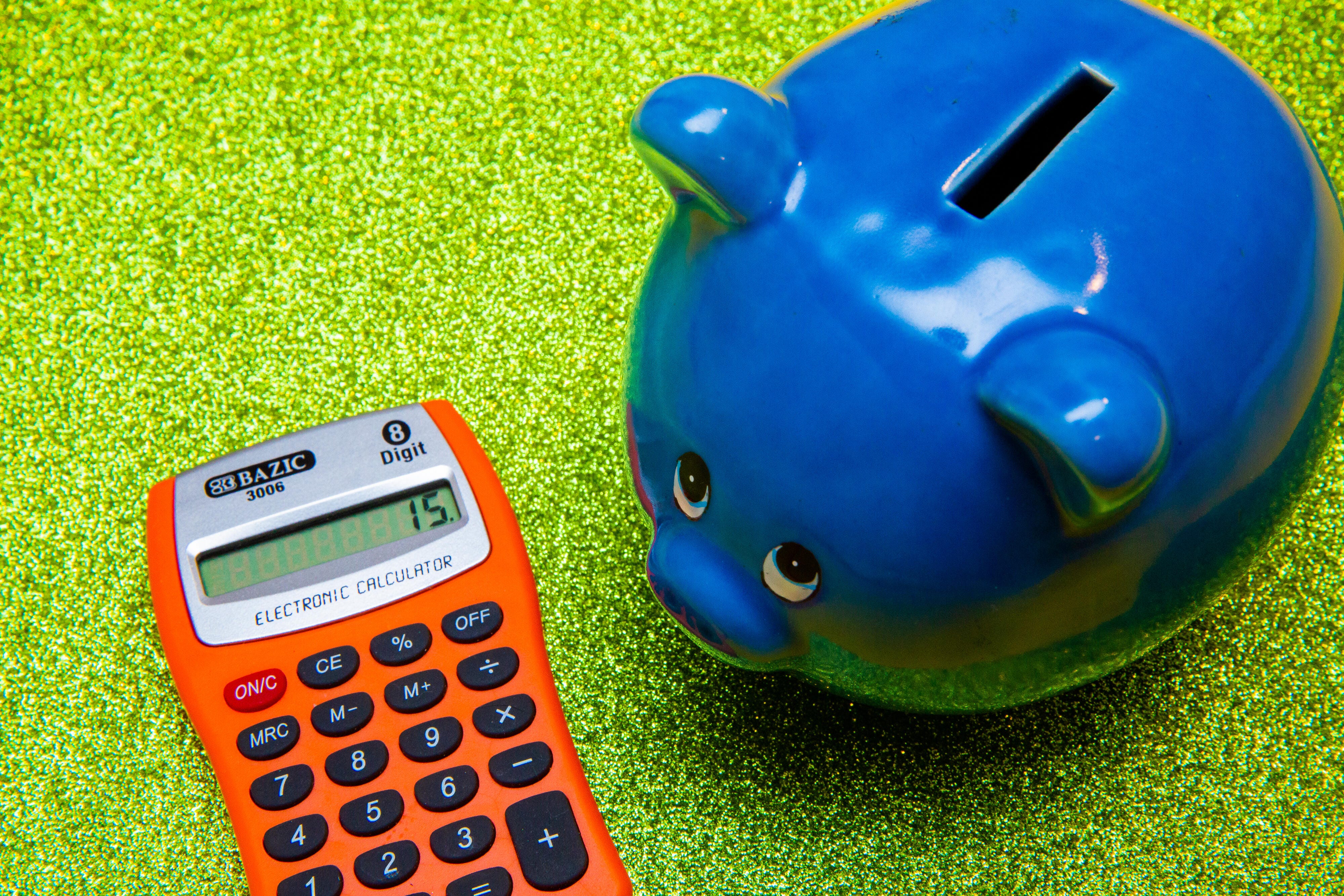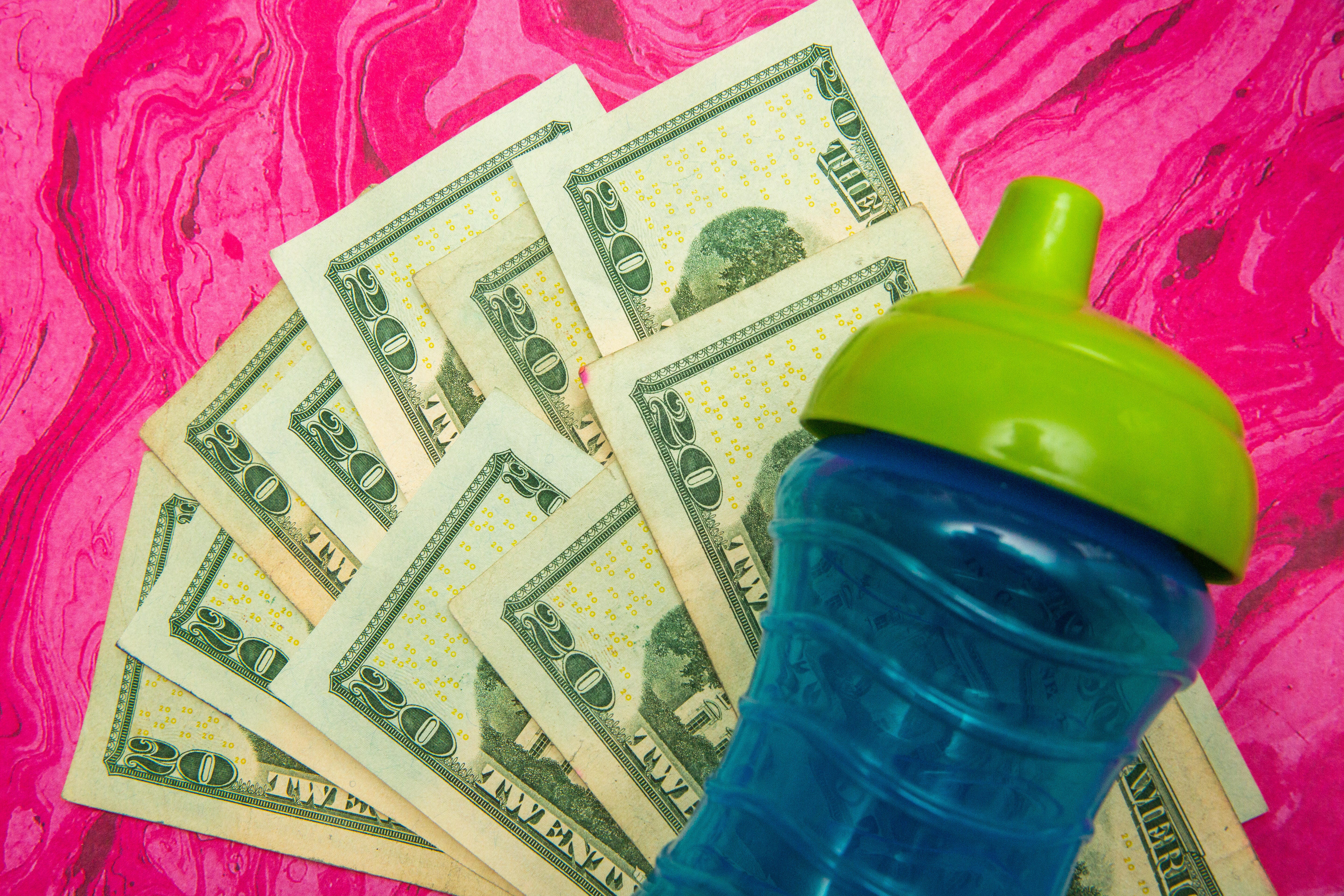[ad_1]

Child tax credit checks are starting soon, but there’s more to the story. Here’s what you should know.
Sarah Tew/CNET
The child tax credit payments start in just under two months. The IRS announced this week it will send the first check to eligible parents July 15. The payments will total up to $3,600 per qualified child — you can calculate your personal total here. We’ll explain how the payment schedule will work, but do know there will be a significant gap between the last check in 2021 and your final payment for the 2021 child tax credit.
We’ll tell you other child tax credit payment details you need to know like correcting errors and avoiding overpayments, in which case you’d have to return the money. We can tell you how to opt out of monthly payments, if you’d prefer to get a single lump sum, and how people who have 2021 newborns or shared child custody may or may not qualify.
There are also some interesting ways to use your child tax credit money. For other money matters, here’s the latest on a fourth stimulus check and how to file an IRS payment trace if your stimulus check or plus-up payment didn’t come. You should also learn how to claim up to $16,000 in child care expenses. This story has been updated with new information.
When will I get my first and last 2021 child tax credit checks?
The first child tax credit payments will start to arrive July 15 to all eligible households (make sure you understand the income limits). The first six payments will arrive monthly, targeting the same day of the month — though you may not receive it at the exact same time every month, especially if you get a paper check versus a direct deposit payment.
If the child tax credit payment date falls on a holiday or weekend — for example, Aug. 15 is a Sunday — it’s likely the payment will go out the following Monday. The checks will end in December, with your final sum coming next year. Here’s a rough schedule, and here’s how to calculate your check amount. See below for more details on checks for eligible children aged 18 through 24.
Timeline for the child tax credit payments
| Monthly | Maximum payment per child 5 and younger | Maximum payment per child; 6 to 17 |
|---|---|---|
| July 15: First 2021 check | $300 | $250 |
| Aug. 16 | $300 | $250 |
| Sept. 15 | $300 | $250 |
| Oct. 15 | $300 | $250 |
| Nov. 15 | $300 | $250 |
| Dec. 15: Last 2021 check | $300 | $250 |
| April 2022: Second half of payment | $1,800 | $1,500 |
Can I get money for kids between ages 18 and 24?
If your older dependents are 18 years old, they can qualify for $500 each. So can dependents between the ages of 19 and 24, but they must be enrolled in college full-time in order to qualify.
How will the IRS send child tax credit payments when they start in July?
The way your child tax credit money arrives could very well depend on how you receive your stimulus check money. Most people will receive child tax payments through direct deposit, but the IRS will also send paper checks and funds on debit cards.
For stimulus checks, people who received Social Security benefits like SSI or SSD got $1,400 payments on a Direct Express card. Veterans who don’t normally pay taxes might also have a different delivery method. We’ll update this when we have more information about the kind of debit cards you may receive.
What if I didn’t make the May 17 tax return deadline?
Payments will be automatic for those who file their 2020 tax returns by May 17. Nonfilers need to file a 2020 tax return to get the credit, even if they don’t usually submit tax returns. This will let the IRS know how many dependents are in the household who count toward the child tax credit benefits.
Taxpayers shouldn’t file an amended return related to the new legislation and shouldn’t take other “unnecessary steps,” the IRS said March 12.
If you don’t make the May 17 deadline, you may not get the full monthly child tax credit payment you’re owed, at least not right away. The IRS said you’ll be able to update your income and dependent status so the agency is using your most recent info when calculating payments. The agency didn’t offer details on when or how you’ll be able to do that. We’ve reached out to the IRS for clarification.

The seven separate child tax credit payments can get confusing, but could also bring your family much more money this year.
Sarah Tew/CNET
When will the IRS child tax credit portals open and how will I use them?
The IRS will launch two online portals by July 1 — one for people who are not normally required to file an income tax return and will let these non-filers provide information so they can receive payments. The second portal will allow families to update their information if their circumstances have changed.
For example, if you get a new child in 2021 who is not reflected on your 2020 tax return. You will also be able to use the portal to opt out of the monthly payments and receive the entire amount at one time when you file your taxes in 2022.
If I have a new baby or adopt in 2021, will I be eligible for child tax credit payments?
If you have a baby in 2021, your newborn will count toward the child tax credit payment of $3,600, if you and they qualify. Children who are adopted can also qualify if they’re US citizens.
If I share custody, can I still get the monthly child tax credit payments?
For the first two stimulus checks, some parents who shared custody of a child but weren’t married to each other were entitled to each claim money for the same child. That was only if they alternated years for claiming the dependent — in other words, if one parent claimed the child on their taxes in odd years and the other claimed the child on their taxes in even years.
This is no longer allowed for the third check, and we’re told it won’t work that way for the child tax credit payments either. Here’s what we know so far about the child tax credit and shared custody situations.
What are the income requirements for the advance child tax credit?
You may be confused about how your payments will be divided between 2021 and 2022. For each qualifying child age 5 and younger, up to $1,800 will come in six $300 monthly payments this year. For each child between the ages of 6 and 17, up to $1,500 will come as $250 monthly payments six times in 2021. For both age groups, the rest of the payment will come with your 2021 tax refund, when you claim the remainder of the tax credit in 2022. Here’s how to calculate your family’s total child tax credit amount, including a monthly breakdown.
Qualifying dependents between ages 18 and 24 count toward a one-time $500 payment.
2021 child tax credit maximum payments
| Ages 5 and younger | Up to $3,600, with half as $300 monthly payments |
|---|---|
| Ages 6 to 17 | Up to $3,000, with half as $250 monthly payments |
| Age 18 | $500 one-time check |
| Ages 19 and 24, full-time college students | $500 one-time check |
Note that the amount you’ll get will phase out for people with higher incomes: singles earning more than $75,000 per year, heads of household earning more than $112,500 per year and married couples earning more than $150,000 a year. Your child tax credit payments will begin to phase out by $50 for every $1,000 of income over those threshold amounts, according to Joanna Powell, managing director and certified financial planner at CBIZ.
Here’s more on the financial breakdown for qualified dependents. Remember, CNET’s child tax credit calculator will help you pinpoint how much to expect each month.
What happens when the 2021 checks stop in 2021?
The final advance payment of the child tax credit is scheduled to go out by Dec. 31, with the rest coming in 2022 with tax season. But President Joe Biden stated that the higher payments may last until at least 2025. He presented his American Families Plan proposal to extend the payments, stating in an April 28 speech: “Together, let’s extend the Child Tax Credit at least through the end of 2025.” It’s up to Congress to approve his request.
If I get more child tax credit money from the IRS than I’m supposed to, do I have to repay the extra amount?
Yes. The child tax credit isn’t as flexible as the stimulus check rules. If you receive more money than you should have, you will have to pay it back. One example of this happening is if you and the other parent of your child (who is not your spouse) are both paid for the child tax credit for the same dependent.
When you file your 2021 tax return (in 2022), if your tax situation isn’t what the IRS has in its system and you weren’t entitled to as much as you received, you’ll have to give the overpayment back. To avoid this tax inconvenience, make sure all your information is updated before the payments start arriving. The portal will open by July 1 for you to make adjustments.

Babies born in 2021 will count toward a $3,600 check. That’s good news for new parents.
Sarah Tew/CNET
How is the revised child tax credit different from past years?
The first thing to know is you won’t get your child tax credit payments all at once in 2021. The “credit” part means the amount you owe in your 2021 taxes will be reduced by the “credit” you gain from your eligible dependents. That could either reduce your payment to the IRS for your 2021 taxes (filed in 2022) or else increase your tax refund for 2021. Normally, you’d receive that credit as a tax refund in 2022, but the plan is to bring you money sooner, which is why the checks will start coming in 2021 as “advance payments.”
This logic also explains why your 2021 child tax credit is split into two parts. The first part, in 2021, is the advance payment you can start using right away. The second part will apply to your 2021 taxes — which you file in 2022.
How can I opt out of monthly child tax credit payments and get one big sum?
You aren’t obligated to receive child tax credit payments monthly this year. Instead, you can choose to get one payment in 2022. (The upcoming IRS portal will let you opt out of the monthly payments.) You may want to opt out, for example, if you’d rather have one large payment next year or if you’re concerned the IRS might overpay you this year and you don’t want to pay back money next year. That means you’d get a larger total in your tax refund or owe the IRS less money because the credit would be deducted from your total.
For more information, here are the top things to know about the $3,600 child tax credit. Plus, here’s how to track your tax refund and how to track your stimulus check.
[ad_2]
Source link
